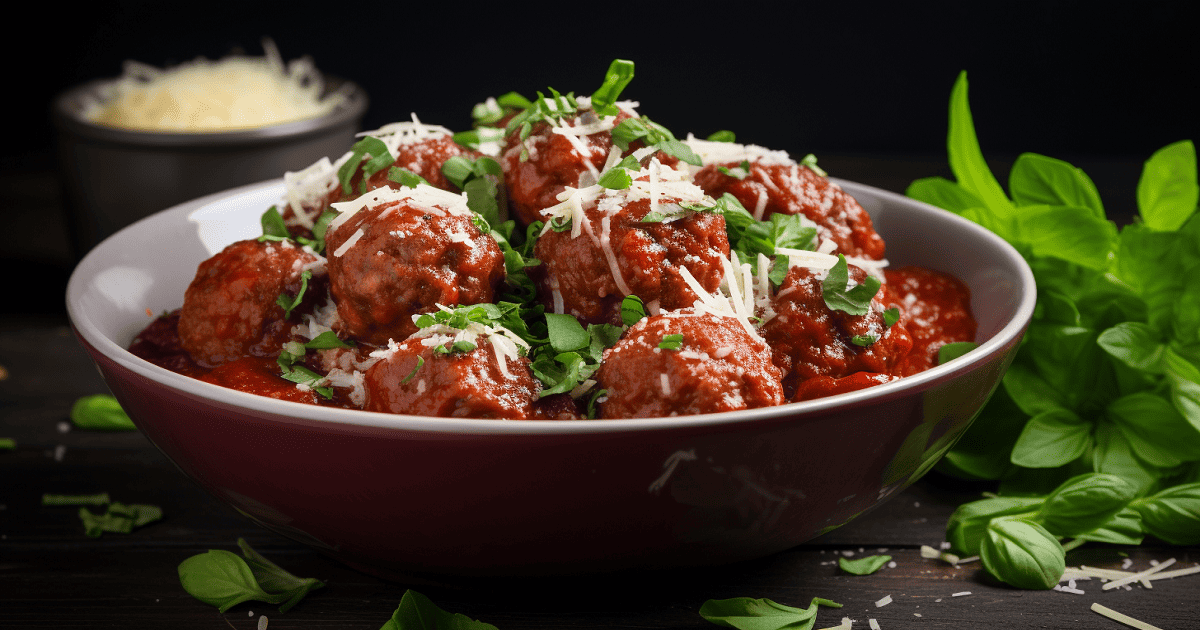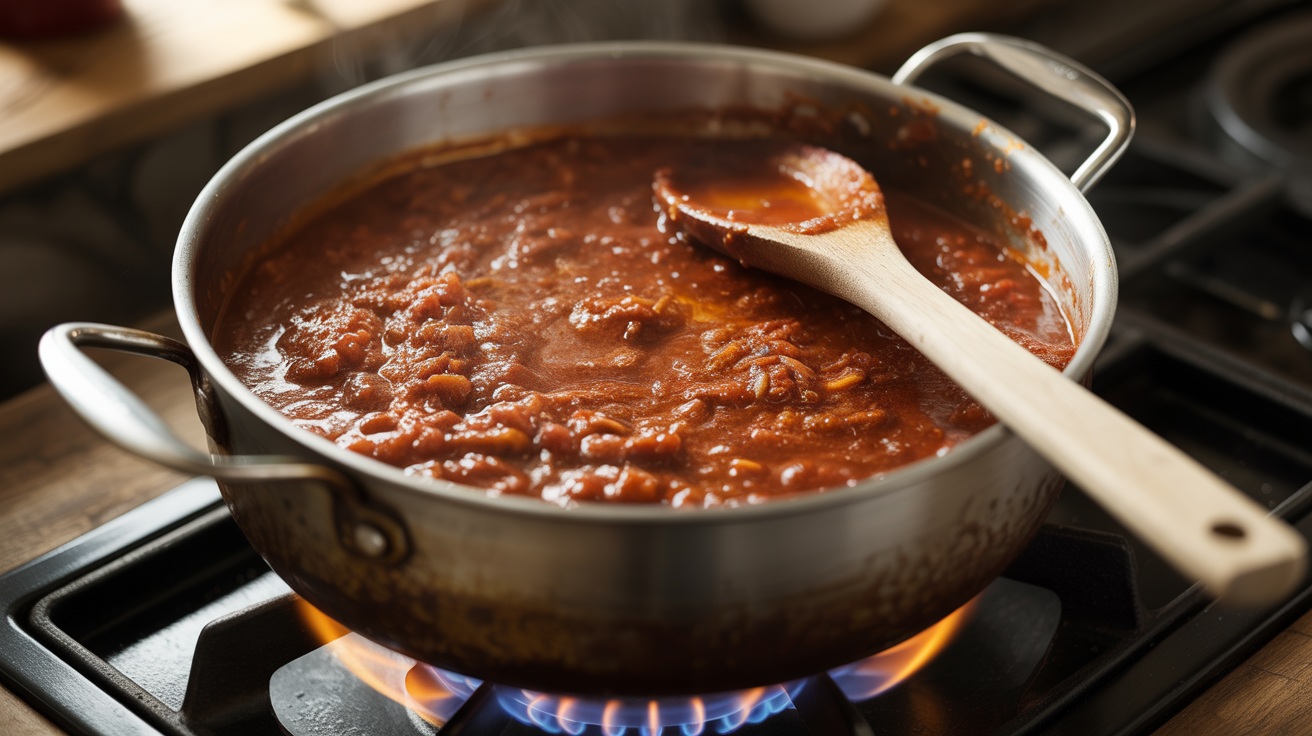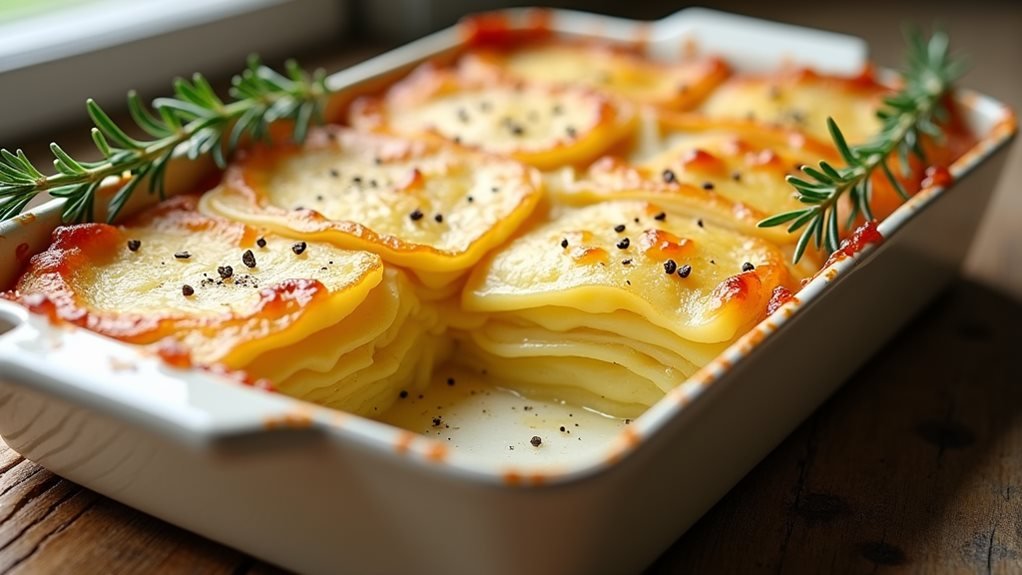Few comfort foods have the same universal appeal as Gordon Ramsay’s meatballs. His version blends Italian inspiration with professional chef technique, resulting in a dish that’s both rustic and refined. For more traditional flavors, explore our Classic British Dishes guide.
What Makes Gordon Ramsay’s Meatballs Unique?
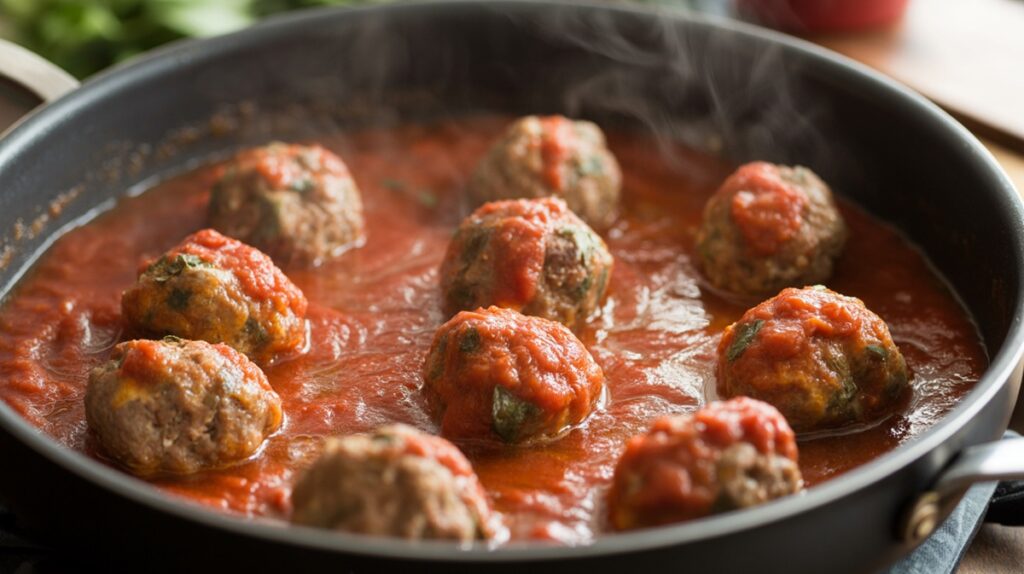
At first glance, meatballs seem simple, but Ramsay elevates them by focusing on:
- A blend of beef and pork for added depth of flavor.
- Fresh herbs and Parmesan for aroma and depth of flavor.
- Controlled cooking technique to keep them moist, never dry.
For a lighter alternative, Ramsay even created a variation with turkey and courgetti (see the official recipe here).
Ingredient Breakdown & Chef’s Tips
Every component plays a role in creating tender, flavorful meatballs:
- Breadcrumbs + Milk → lock in moisture.
- Eggs → binding without toughness.
- Garlic, Parsley, Basil, Oregano → balance sharp and earthy flavors.
- Parmesan → adds a salty, nutty finish.
Chef’s Tip: Chill the mixture before shaping. Cold hands and cold ingredients make tighter, juicier meatballs.
Cooking Method — Ramsay’s Signature Touch
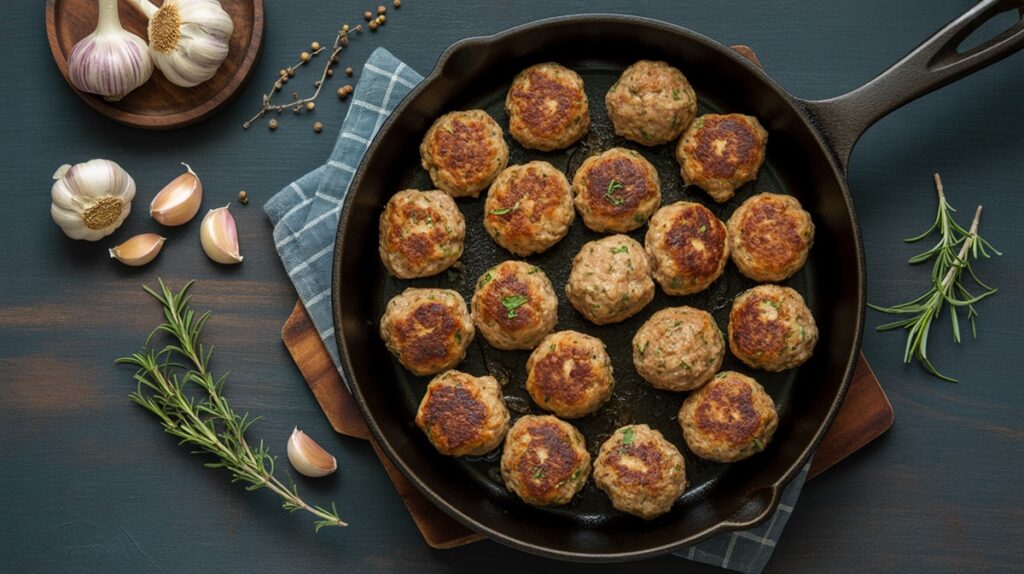
Ramsay stresses the importance of browning: caramelizing the surface before simmering in sauce. This Maillard reaction builds complexity, turning a simple meatball into a restaurant-level bite.
Watch this YouTube demonstration of Ramsay preparing meatballs to see his technique in action.
For more, master essential Cooking Techniques and choose the right Kitchen Equipment.
How We Tested This Recipe
To ensure accuracy, we tested Ramsay’s approach in multiple ways:
- Pans: cast iron vs stainless steel → cast iron gave better browning.
- Ratios: beef-heavy vs equal beef-pork → 50/50 balance created the best tenderness.
- Sauce: jarred marinara vs homemade → homemade (with fresh basil) noticeably elevated the dish.
Hands-on testing confirmed Ramsay’s emphasis on careful browning and fresh herbs is what makes these meatballs stand out.
Serving Suggestions & Variations
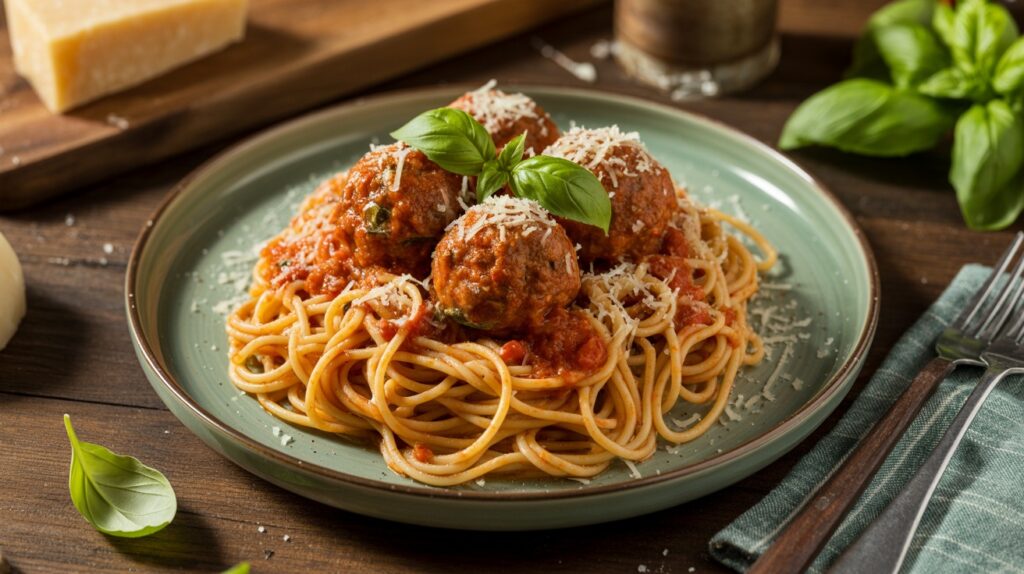
Try these different ways to serve Ramsay’s meatballs:
- Classic pairing: Spaghetti with marinara and Parmesan.
- Modern twist: Serve over risotto or polenta.
- Lighter option: Bake instead of fry, or use turkey instead of beef/pork.
Some home cooks have even experimented with bold twists, such as this coconut curry variation, as seen on Reddit.
Make-Ahead, Freezing & Storage Tips
- Uncooked meatballs: Freeze on a tray, then store in freezer bags for up to 3 months.
- Cooked meatballs in sauce: Cool completely before freezing; reheat gently to avoid toughness.
- Meal prep: Double the recipe and refrigerate leftovers for up to 4 days.
FAQs About Gordon Ramsay’s Meatballs
Why use both beef and pork?
The blend strikes a balance between fat and flavor, resulting in a tender bite.
Can I bake instead of frying?
Yes — baking is healthier, though browning adds more depth.
What pasta pairs best?
Spaghetti is classic, but Ramsay also uses linguine or courgetti for a lighter option.
Final Verdict — Why This Recipe Works
Ramsay’s meatballs succeed because they’re grounded in technique, not shortcuts. With fresh herbs, balanced meats, and proper browning, you can recreate restaurant-quality results at home.
For more flavor inspiration, try Ramsay’s Bolognese Sauce or explore his Global Cuisines.
About the Author

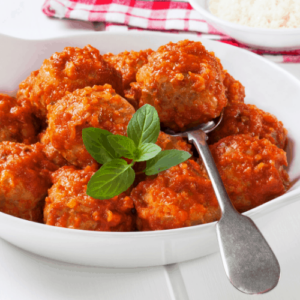
Gordon Ramsay Meatballs Recipe
Ingredients
For the Meatballs
- 1 pound ground beef
- 1/2 pound ground pork
- 1 cup breadcrumbs
- 2 large eggs
- 1/2 cup whole milk
- 1/2 cup freshly grated Parmesan cheese
- 4 cloves garlic minced
- 1/4 cup fresh parsley finely chopped
- 2 tablespoons fresh basil chopped
- 1 teaspoon dried oregano
- 1 teaspoon salt
- 1/2 teaspoon black pepper
- 3 tablespoons olive oil
- 2 cups marinara sauce
- Fresh basil leaves for garnish
For the Sauce
- 2 tablespoons olive oil
- 2 shallots, peeled and finely diced
- 2 cloves garlic, chopped
- 1 red pepper, finely sliced
- 1 ounce dry white wine
- 2 cans chopped tomatoes
- A small bunch of basil, chopped
- 1 tablespoon chopped oregano
- Salt and freshly ground black pepper to taste
To Serve
- Extra grated Italian Romano cheese
Instructions
Prepare the Meatballs:
- In a bowl, soak the breadcrumbs in milk.
- Combine the soaked breadcrumbs, ground beef, pork, halved garlic cloves, chopped parsley, and grated Romano cheese in a large mixing bowl. Season with salt and pepper.
- Mix the ingredients until well combined. Form the mixture into small meatballs.
- Lightly dust the meatballs with flour.
Cook the Meatballs:
- Heat 1 tablespoon of olive oil in a skillet over medium heat.
- Add the meatballs and cook until browned on all sides. Remove and set aside.
Make the Sauce:
- In the same skillet, heat 2 tablespoons of olive oil.
- Add the diced shallots, chopped garlic, and sliced red pepper. Cook until softened.
- Deglaze the pan with the dry white wine, scraping up any browned bits.
- Add the canned tomatoes, basil, and oregano. Bring to a simmer.
- Return the meatballs to the skillet, cover, and let them simmer in the sauce for about 20-30 minutes.
- Serve the meatballs hot with a sprinkle of extra-grated Romano cheese.
- Accompany with pasta, bread, or as desired.
